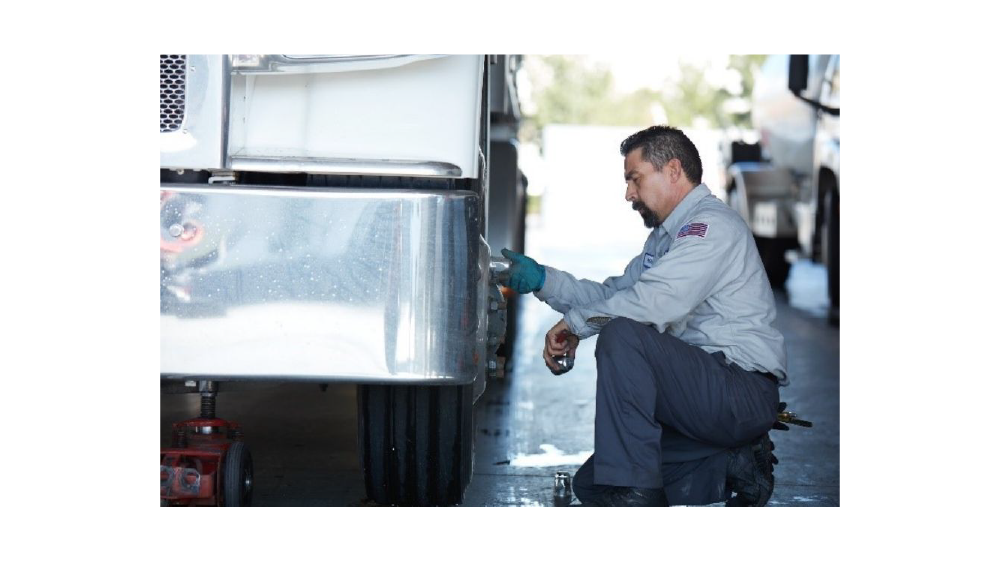The busy summer driving season is right around the corner, and that means more vehicles of all types are hitting the road, from passenger vehicles to commercial haulers. It is critical to the safety and performance of a fleet for commercial fleet managers to ensure trucks are properly serviced before leaving the yard, particularly as trucks today carry heavier loads for longer hours of operation.
As part of National Tire Safety Week, which runs from May 20-27 this year, Bridgestone is promoting a proactive and routine tire maintenance program to fleets of all sizes. A clearly established tire maintenance program is a critical component for fleet operations, and it helps support safe driving conditions for everyone on the road.
Kyle Chen, Brand Manager, Truck and Bus Radial tires, U.S. and Canada, Bridgestone Americas Tire Operations, is encouraging fleets to practice tire safety with a few important tips. By following the simple steps outlined below, fleets can actively help prevent larger problems, which could lead to costly downtime and potentially compromise safety.
1. Select the right tire for the job, considering the proper tire size, load carrying capacity and service type.
Tire selection is the foundation of tire performance. Even the right tire in the wrong application won't perform as desired. Fleets should consider various factors when choosing a tire to ensure performance expectations are met, including application, size, load carrying capacity and route. Once a tire is chosen, proactive maintenance is critical to ensuring the long-term safety and performance of a tire over time.
2. Set and maintain proper cold inflation pressure for every tire before each haul.
Tire inflation pressure should be checked when a tire is cold. Cold inflation pressure is most accurately measured when tires have been parked for three or more hours or driven less than a mile at a moderate speed. Fleet managers and commercial truck drivers should utilize a tire pressure gauge at each wheel position to accurately measure tire inflation pressure.
While seemingly simple, tire inflation pressure is one of the most important and often overlooked aspects of a tire maintenance program. Improper inflation pressure can lead to downtime and can damage tire casings, potentially reducing a casing's lifespan and making it unfit for retreading. Proper inflation pressure also helps to ensure even weight distribution across a tire's contact patch – where the rubber meets the road – maximizing tread wear life and fuel efficiency.
3. Inspect tires frequently for road-related damage.
Hands-on inspections can be helpful in identifying irregular wear issues, low tread depth and road-related damage that may lead to safety-related issues and/or downtime. Before each haul, drivers and fleet managers should look for irregular wear, flat spotting, cuts, cracks, bulges or penetrations to address any issues before they impact tire performance.
4. Do not exceed a tire's maximum recommended speed, which may be lower than posted highway speed limits.
Fleet managers should always ensure that drivers are abiding by the tire manufacturer's maximum tire speed rating. Exceeding the speed rating of a tire can lead to various tire-related incidents, potentially causing downtime and ultimately risking highway safety.
Whether you are running a 1,000-truck operation or driving a passenger vehicle to and from work, tire safety is the responsibility of every person who utilizes the road.









